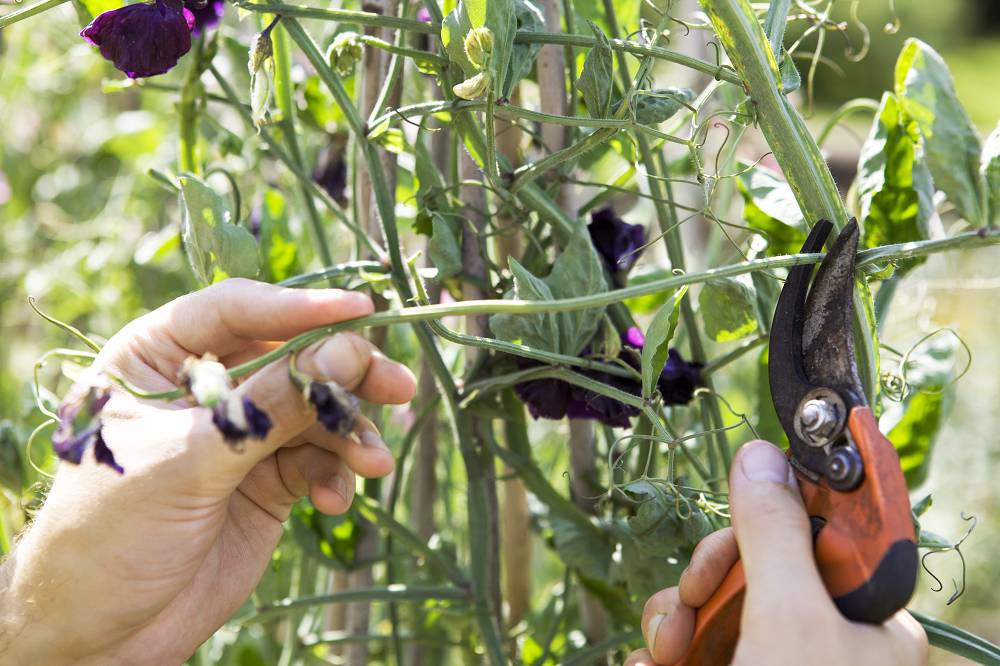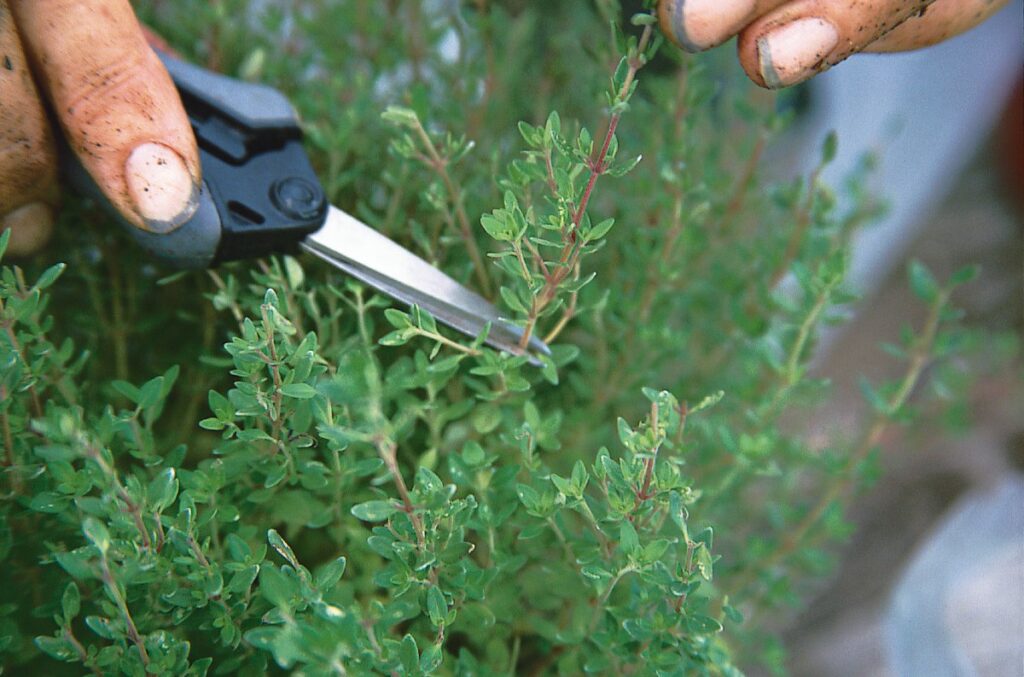You don't want to miss these gardening jobs in the first week of summer!

Summer has really started now! Get started with sowing, growing, pruning ... and above all enjoy, it is a beautiful time in the garden. With these practical chores for week #26 you will get through the week.
Read more below the advertisement
With the Gardeners' World checklist, you'll get a fresh dose of ideas and inspiration for your garden every week. Which plants and flowers can you sow right now? Which chore in the vegetable garden should you absolutely not postpone any longer? And is this the right time to prune that one tree or shrub? It can sometimes be difficult to make decisions, so take a look at a handy list of garden chores you can do now.

Once flowering starts, you can start picking your sweet peas . The more you pick, the more new flowers your plant will produce! If the plant produces seeds, it will stop flowering, so keep cutting and picking flowers to prevent that.


Cut back the faded thyme to keep the plant compact and neat. Do not cut into the woody part, because no new branches will grow from this. Dry the pruned branches and save them for use in the kitchen.


Prune fast-growing hedges, such as privet , every six weeks this summer . Always check in advance that there are no bird nests in your hedge or (edible) hedge . Postpone pruning if you encounter such a bird household.
You can also choose to prune the hedge in sections during the summer, to give even more space to moths and wild bee species , for example.

Vegetables such as Chinese cabbage, pak choi, lettuce, endive and fennel are sensitive to the day length. Now that the longest day has passed and the days are getting shorter, you can sow these vegetables perfectly for a late harvest.


Do you have perennial strawberries (also called everbearing strawberries)? Then make sure that all their energy goes to the development of delicious fruits by cutting off the runners. Let the runners grow from August onwards, so that you can make new cuttings .

Get started growing your own food and use your fresh harvest in 1 of the more than 50 recipes, also from famous Dutch and Flemish chefs! And perhaps the best part: by getting started with our practical tips you will experience the pleasure and pride of putting something on the table that you have grown yourself.
- Our best tips for year-round cooking from your own garden
- From terrace to allotment: vegetable gardening is possible everywhere!
- With recipes from famous Dutch and Flemish chefs


Don't cut all your roses when the flowers have wilted, so that the plant can produce rose hips. Birds and small mammals can eat these in the winter. Nature-friendly (native) roses that produce a lot of hips are, for example, the sweet briar ( Rosa rubiginosa ) and dog rose ( Rosa canina , photo).

Not everyone can or wants to have a (mini)pond in their garden, but garden animals do crave water in these dry times. You can make a bird bath yourself , which you provide with fresh water daily. For the insects you can also fill a bowl with pebbles and pour water between them. It is easier for them to get to the water this way (and gives less risk of ending up as a bird snack).

During these long days, provide sufficient shade and ventilation in the greenhouse (extra important on hot days) to keep the climate for your plants as optimal as possible.

Do your houseplants look like they could use some extra care or are they suffering from pests such as mealybugs or spider mites ? Then put them outside in a warm, sheltered place to get more sunlight and fresh air. The pests will also be controlled by natural enemies. Do pay close attention to the humidity of the pots when it is very warm.


Are you going on vacation soon and don't want to put your lovely neighbors through the hassle of having to water your many potted plants? Then create a simple watering system for your plants that will allow them to sustain themselves.




